Want your garden to look natural and attractive, at the same time? Growing wildflowers in your garden is the best way to do so. The key to growing wildflowers is as simple as being careful about each wildflower’s natural environment need. Such as soil, and the amount of water and sunlight required. Most of the wildflowers grow in soils with poor nutrients. However, some thrive in water-rich soils and must be planted around the edge of your pond. Wildflower requires less energy and cost from your side, they neither need fertilizers nor requires much attention and care. Perennial wildflowers are long-lasting and will return year after year.
Wildflowers contribute to wildlife in so many interesting ways if you plant them in your garden, you will be welcoming birds, bees, butterflies, and other insects which means three things:
- Help improve the health of your garden resulting in it to appear fresh.
- You will contribute to the ecosystem by increasing biodiversity.
- You may get irritated by the insects bothering you every time. If you have people around you with sensitive skin or fear of bugs, then you might want to reconsider the idea.
Sending flowers as a gift is so common, level up your game by sending wildflowers as gifts. It might be hard finding them in local shops, you can always get these delivered to you in no time if you order them through cakes and gift delivery services. They often offer same-day delivery, early morning, and midnight deliveries. You can also gift the seeds to someone who loves gardening, believe me, they will love your gift.
Types of Wildflowers
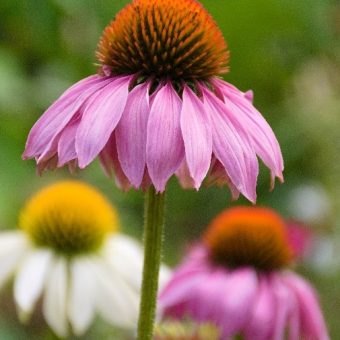 Coneflower
Coneflower
Season: Summer–Fall
Soil Required: Loamy and well-drained
Water Required: Excessive watering is not required
Sunlight Required: Minimum 5 hours of full sunlight
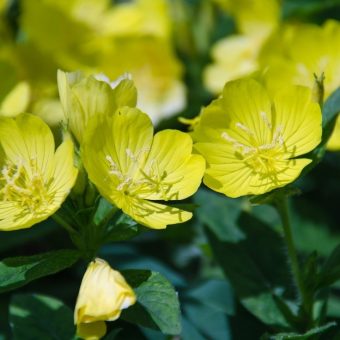 Evening Primrose
Evening Primrose
Season: July–August
Soil Required: Loamy and well-drained
Water Required: Less
Sunlight Required: Full sun
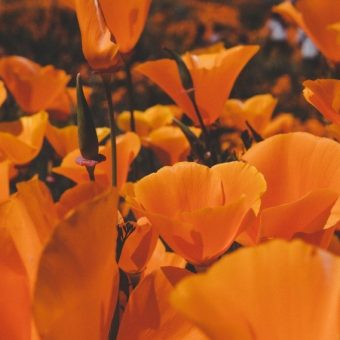 California Poppy
California Poppy
Season: Late Winter–Early Spring
Soil Required: Sandy, dry and well-drained
Water Required: Low
Sunlight Required: Full sun
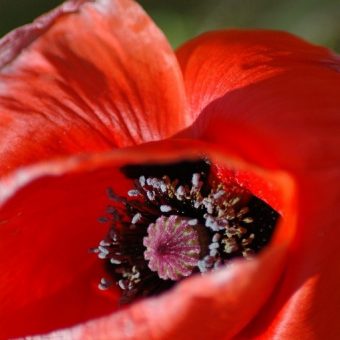 Red Poppy
Red Poppy
Season: March-May
Soil Required: Loose soil
Water Required: Minimum
Sunlight Required: Full Sun–Part Shade
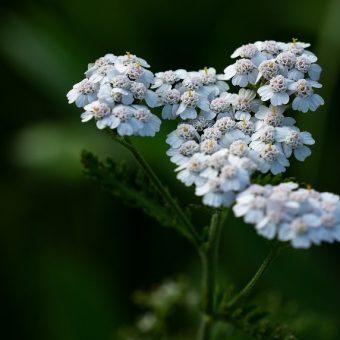 White Yarrow
White Yarrow
Season: July–September
Soil Required: Loamy and well-drained
Water Required: Low
Sunlight Required: Full Sun–Light Shade
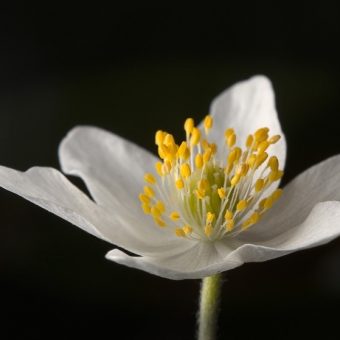 Wood Anemone
Wood Anemone
Season: March-May
Soil Required: Rich, loose soil
Water Required: Low
Sunlight Required: Full Sun–Part Shade
 Foxglove
Foxglove
Season: Summer
Soil Required: Moist and well-drained
Water Required: Minimum
Sunlight Required: Full Sun–Part Shade
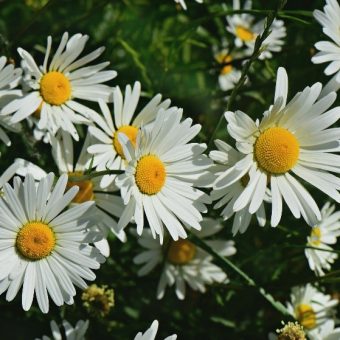 Ox-eye Daisy
Ox-eye Daisy
Season: June–August
Soil Required: Loamy and well-drained
Water Required: Low
Sunlight Required: Full Sun–Part Shade
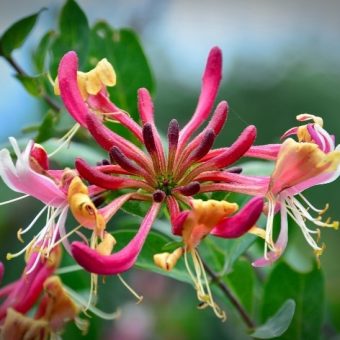 Honeysuckle
Honeysuckle
Season: June–End of September/Beginning of October
Soil Required: Moist and well-drained
Water Required: Minimum
Sunlight Required: Full sun
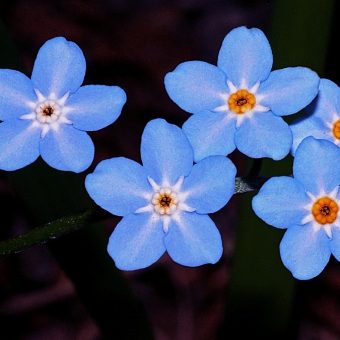 Forget-me-not
Forget-me-not
Season: June–August
Soil Required: Moist and well-drained
Water Required: Plenty
Sunlight Required: Full Sun–Part Shade
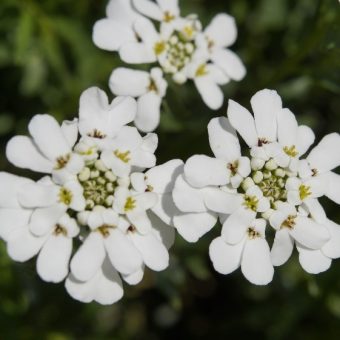 Candytuft
Candytuft
Season: Early Spring-Summer, often rebloom in fall
Soil Required: Dry–Medium moist and well-drained
Water Required: Minimum
Sunlight Required: Full Sun–Part Shade
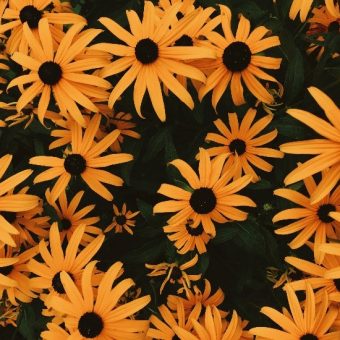 Black-eyed Susan
Black-eyed Susan
Season: March-May, June–September
Soil Required: Dry–Minimum moist and well-drained
Water Required: Excessive watering is not required
Sunlight Required: Full sun
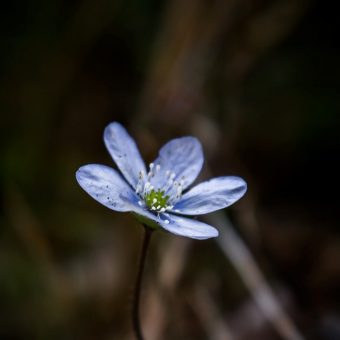 Wild Blue Flax
Wild Blue Flax
Season: Late July–Mid August
Soil Required: Medium moist and well-drained
Water Required: Low
Sunlight Required: Full Sun–Part Shade